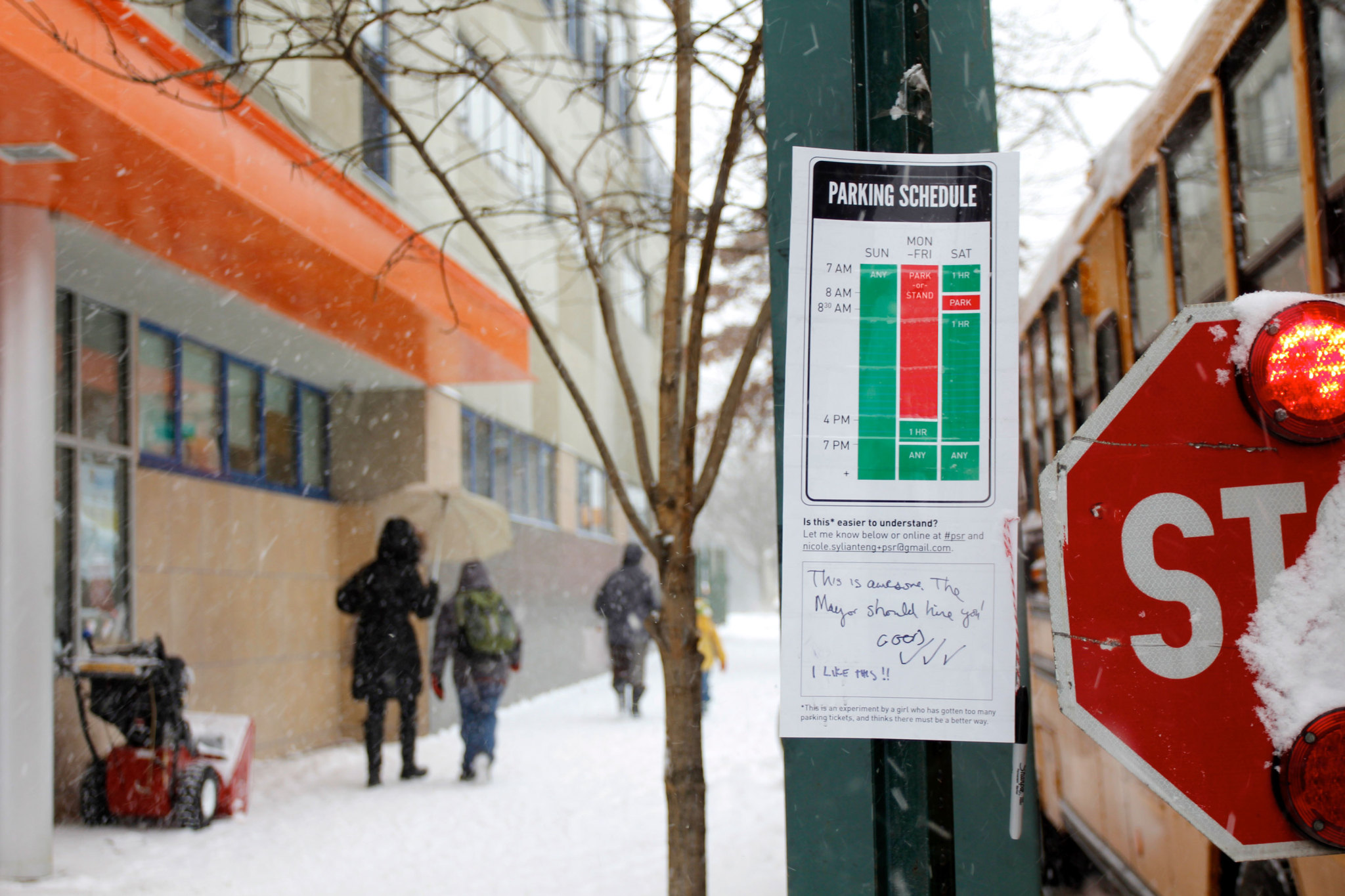The request was denied due to insufficient evidence of (1) legibility and (2) comprehension. Columbus persisted by asking for actionable feedback which is what they’re working on today (see email below from Columbus sign engineer). You can view the complete application and the FHWA’s response in this Google Drive folder.
- Legibility - This is a fair point. Current road signs are tested for legibility so the new ones should be too. This is an issue that came up in the LA pilot -- some people complained it was too small to read. My thought was, current signs may be readable but they are incomprehensible. Whereas the new signs might be dead simple comprehensible, but unreadable from afar. My question is what is the ultimate purpose of reading from afar and can that be conveyed in other ways? If the purpose is to get just enough information to know whether I should take a closer look (because reading 2 HRS doesn’t really tell you whether you can park there), then can that be conveyed graphically in a way that’s understandable from afar? More on this next time.
- Comprehension - We were surprised this was brought up because it seemed so obvious that people can never tell whether they can park or not. Added to that, according to one of the largest parking sign manufacturers in the country, current signs aren’t tested for comprehension at all. Yet this is the current standard. From the number of parking tickets issued, one might conclude it has failed this test. But let’s set that aside and try to look at the best case scenario. The best case scenario is that simple signs are tested for comprehension and people get it. The problem is with complex signs. This is what the new signs aim to address. I realized that testing the new signs for comprehension will also be the first time current complex signs will be put to the test.
- Experimentation - Isn’t the point of applying for Experimentation to answer the questions above? Apparently, a proposal needs to be experimented with before it can be approved for experimentation?? My best guess is they are concerned that it will be a safety hazard.
- Pitch - The application could be better. I realized that the ways in which the new signs are an improvement needs to be simply and clearly articulated in a way that makes it easy to get others on board.
I have a lot of ideas for addressing these including a quiz (tests comprehension) and a parking sign hotline (tests comprehension and also actually useful!). A couple grad students interested in doing usability tests reached out to me this week and I’m so happy they did! It’s going to be super helpful. I am after all supposed to be giving you all ways to take on a more active role. I should articulate these ideas more clearly soon but if any of you all are interested in helping out, let me know! You can email me at nicole.sylianteng@gmail.com.

